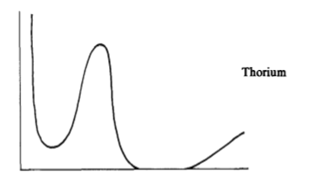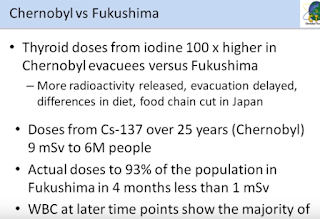The Martians
The universe is vast, containing myriads of stars...likely to have planets circling around them.... The simplest living things will multiply, evolve by natural selection and become more complicated till eventually active, thinking creatures will emerge.... Yearning for fresh worlds...they should spread out all over the Galaxy. These highly exceptional and talented people could hardly overlook such a beautiful place as our Earth. – "And so," Fermi came to his overwhelming question, "if all this has been happening, they should have arrived here by now, so where are they?" – It was Leo Szilard, a man with an impish sense of humor, who supplied the perfect reply to the Fermi Paradox: "They are among us," he said, "but they call themselves Hungarians." - György Marx (2001) in 'The Voice of the Martians' In a curious twist of fate Hungary a not particularly big country and not particularly well known for producing top tier...



